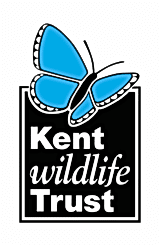Long-term effects of pre-commercial thinning on small mammals in northern Maine
Published source details Homyack J.A., Harrison D.J. & Krohn W.B. (2005) Long-term effects of pre-commercial thinning on small mammals in northern Maine. Forest Ecology and Management, 205, 43-57.
Actions
This study is summarised as evidence for the following.
| Action | Category | |
|---|---|---|
Thin trees within forest Action Link |
Thin trees within forest
A replicated, site comparison study in 2000–2001 of coniferous forest across seven townships in Maine, USA (Homyack et al. 2005) found that thinned regrowing forest stands had more red-backed voles Clethrionomys gapperi and masked shrews Sorex cinereus, but not deer mouse Peromyscus maniculatus or short-tailed shrew Blarina brevicauda than did unthinned stands. More red-backed voles were caught in thinned (9.1/survey) than in unthinned (3.8/survey) stands. The same pattern held for masked shrew (6.8 vs 1.2). No significant abundance differences were detected for deer mouse (3.6 vs 4.4) or short-tailed shrew (6.0 vs 4.4). Twenty-four stands were felled in 1967–1983, herbicide-treated in 1977–1988 and thinned in 1984–1999. Thirteen stands were felled in 1974–1982 and herbicide-treated in 1982–1988 but not thinned. Small mammals were surveyed at 64 live-trapping stations/stand for six consecutive 24-h periods during June–August 2000 and again in 2001.
(Summarised by: Nick Littlewood)




















